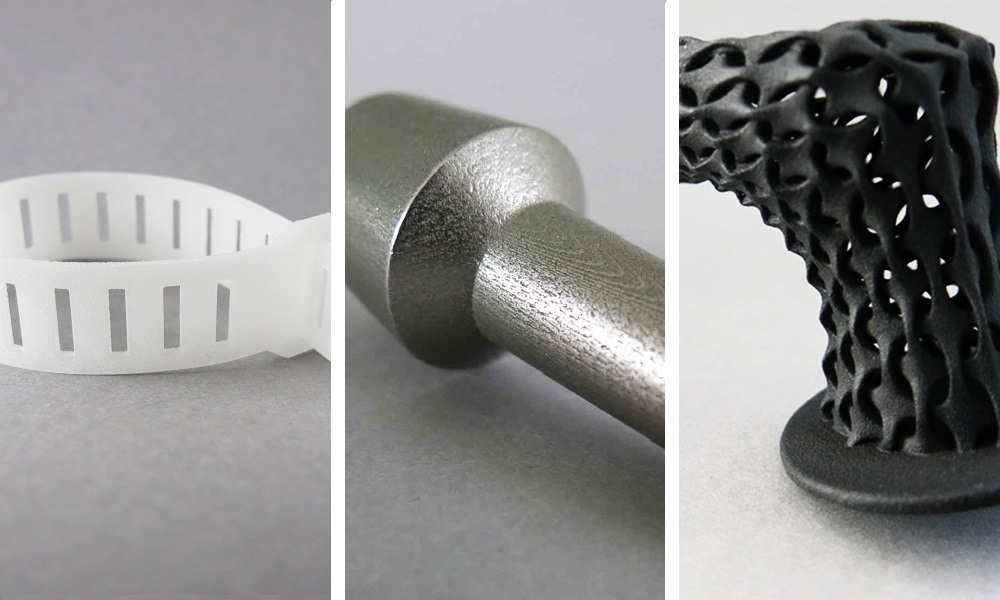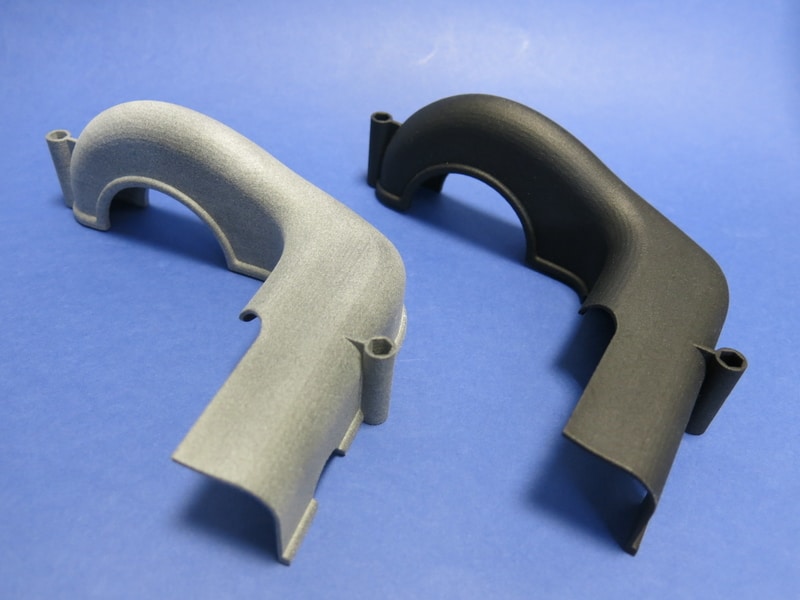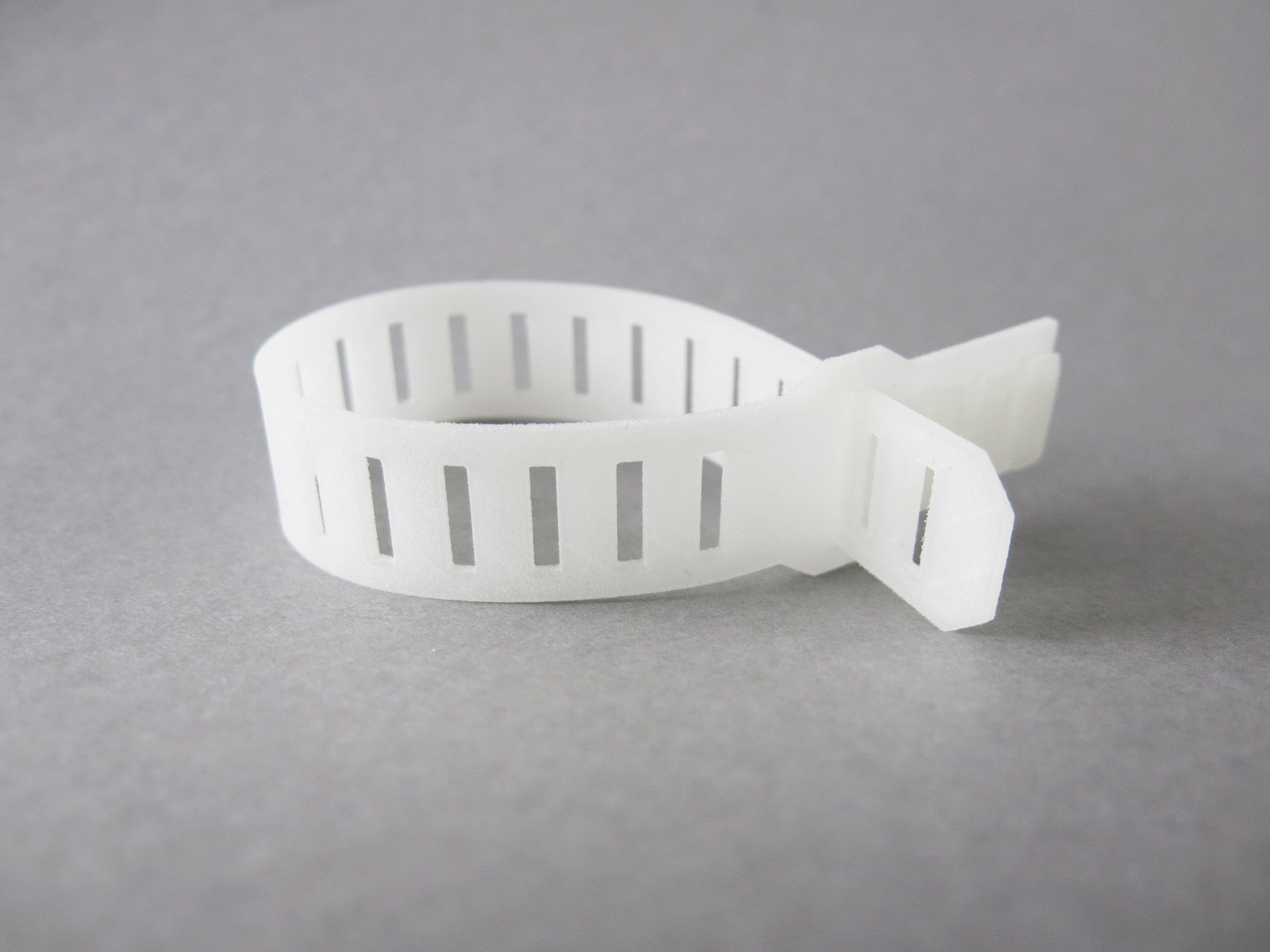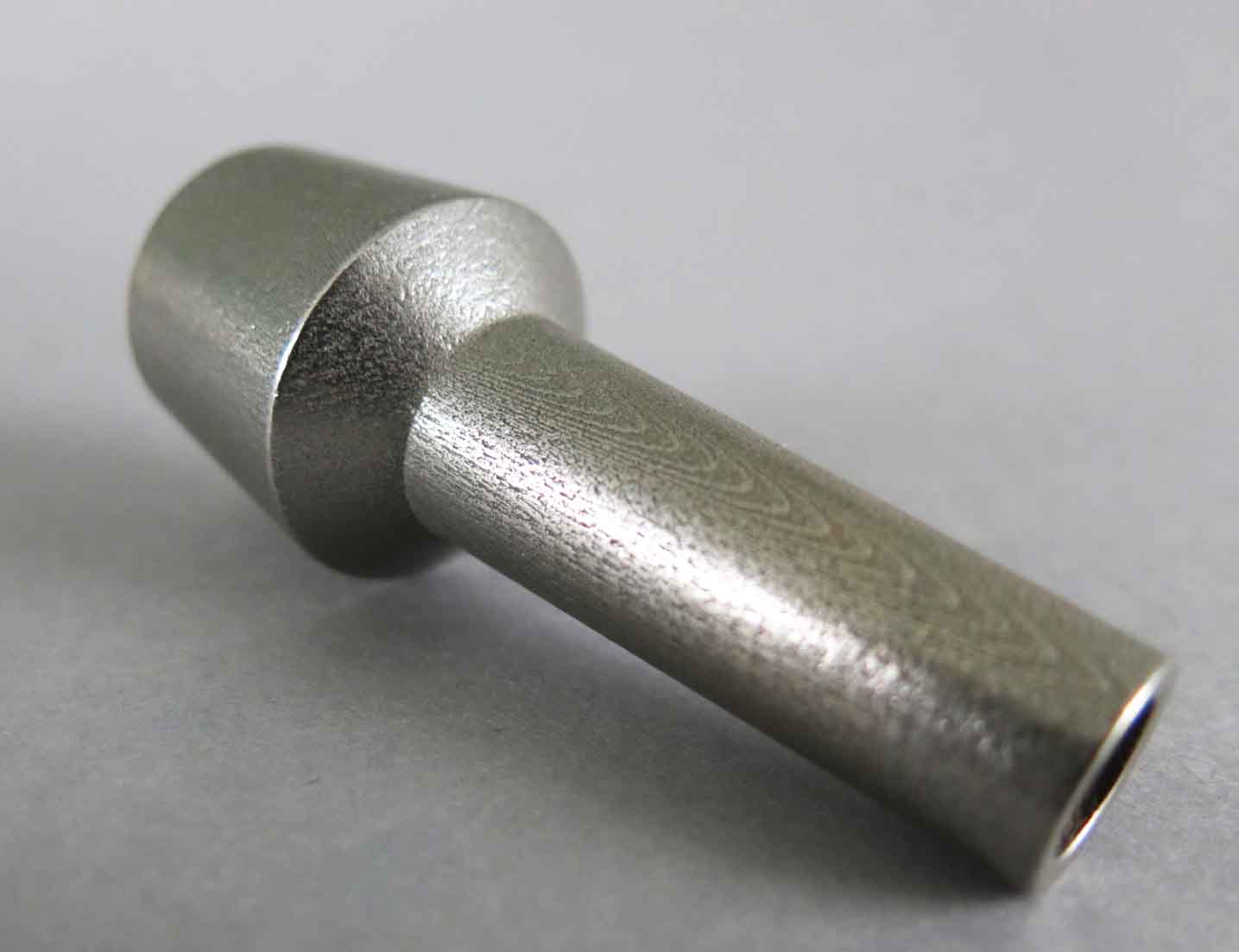3D printing prototypes: Which material should you choose?
Posted By Lucie Gaget on May 23, 2018 | 0 comments
Additive manufacturing is an amazing manufacturing method that could completely improve your product development process, by giving you the opportunity to make high-quality prototypes for a lower-cost. 3D printing is the perfect solution to create a first prototype. By using this technology for the prototyping phase, you can access a wide range of efficient materials, reducing the time of your process and even save money. We are going to give you all our best pieces of advice to help you to implement 3D printing wisely in your manufacturing process.
But do you know which material to use to make the most of the 3D printing technology and to improve you prototyping process? In this blog post, we will explain to you how to save money while 3D printing prototypes, and how to make the best choices.
Why is 3D printing great for prototyping?
Feel free to make various iterations
3D printing gives you more freedom than any other manufacturing technique. Indeed, you are completely free to create all the shapes that you want on your computer, using a 3D modeling software. This way, you can create your own project from scratch, get a good visualization and adjust your 3D model whenever you want to.
Thanks to 3D printing, you can give life to your 3D model by printing it to create a prototype or even a final product. But let’s focus on the prototyping process: 3D printing is really convenient as you don’t have to create a whole mold for each iteration of your project. You are free to make different iterations, so the prototype can perfectly match your expectations for the final product.
Additive manufacturing, a cheaper and faster method
Compared to injection molding, 3D printing is a way cheaper method. But why? First, as we’ve just said, when using 3D printing, you don’t have to create a mold to create your object, which is a major advantage. Time and money are precious for your company, that is why 3D printing is helping you to go straight to what is essential to you.
With 3D printing, you can do as many iterations as you need. Moreover, the process itself is quite faster. Instead of the creation of the mold and waiting for the whole injection molding process, additive manufacturing allows skipping these steps.
Choose the right material for your projects
What do you have to check first?
While using an online 3D printing service such as Sculpteo to improve your prototyping process, you can access a wide range of materials and technologies, with different properties and prices. But while choosing your material for prototyping you will have to check various aspects.
The price
It is certainly the most important point for your company. How to reduce costs but still improve your manufacturing process? For example, if you need to create a metal object, making your prototype with plastic will be quite interesting. Indeed, it would be really expensive to make a whole prototyping process using metal 3D printing. Choosing among the different plastic materials and the different options will help you to find the most economical solution for your prototyping project.
The accuracy and the quality of the material
A prototype is a way to get a perfect overview of the project to spot the last problems. You certainly want to create a functional prototype. That is why, if you have a complex project or an object with an elaborated design, be sure to check that the material and 3D printing technique is precise enough the help with your prototyping process. However, you obviously have to keep in mind the mechanical properties of the final material that you will use.
With the right material, you should be able to manufacture a functional object. Do you need to get an object with the same weight as your final product? With the same dimensions? Able to have the same applications? You will have to ask yourself several questions before you make the final choice, in order to see all the aspects of your prototype that you need to check.
The design guidelines of the material
All the materials have different design guidelines. While choosing your material, be sure to check them, to get a perfect object. It could be a reason why your 3D file is not 3D printable, you really have to be sure that everything is ok regarding the dimension and the geometry of your project.
Indeed, if the wall is too thin, the file could be non-printable or could break in no time, which would be counterproductive.
What are the best and cheapest 3D printing materials for your prototypes?
The choice of your 3D printing material really depends on your project. Here is a selection of our most used materials for prototyping projects! Plastic materials are obviously the cheapest solution for this stage of your product development, let’s see what you can do with them.
This white plastic material is one of the cheapest materials with a lot of great mechanical properties. This materials is made from fine polyamide powder, and perfect for both prototyping and production. It will create your parts thanks to the Selective Laser Sintering technology.
If you choose this material for you prototyping project, you will see that you will have the choice between various options and finishes, but you can also get raw parts. Prototyping with Nylon PA12 (plastic) is a good solution, because this 3D printing material is one of the cheapest options, so you will be able to make many iterations with a resistant materials, that give you a lot of freedom in terms of geometries.
-
Multi Jet Fusion PA12
The Multi Jet Fusion PA12 is a grey plastic. This material is perfect both for prototyping and production and it is clearly the cheapest option you can get! It will allow you to make many iterations at a lower cost. The objects printed with this material are well suited against scratches and abrasion, which could be great to make tests. It is also light stabilized, U.V. stabilized and stable to weather, which is perfect if you need to make an experiment in outside conditions.
Here is the example of one of our customer, Gabriel Boutin, who decided to develop his project with this amazing black plastic. His project? The Kupol project, a fully 3D printed bike helmet. For the development of his product, Gabriel Boutin used our HP Multi Jet Fusion PA12 to print the first iterations of his bike helmet project.
Check out our blog post about the Kupol project and feel free to watch the video below for a little demonstration:
Options have their importance: we recently launched our non-dyed option for the Multi Jet Fusion PA12, which makes it our cheapest solution available! If you have some questions about this material, check out our Q&A!
You need a really flexible plastic for your 3D printing project? PEBA will be the perfect solution for you. This rubber-like material has a high elasticity and a high strength. That could perfectly fit your project if you need something really flexible for fully functional prototypes. As this material creates parts really resistant to stress and fatigue, it can even be used for your final products. Think about it!
Prototyping using resin or metal 3D printing
Metal materials
If you are planning to create 3D printed prototypes with metal materials, you have to know that it is totally possible but that it is not the most economical option for you. However, we recommend you to use the binder jetting technology, as it is the cheaper metal 3D printing method. You will have the choice between: Steel / Bronze 420SS/BR and Stainless Steel 316.
Direct Metal Laser Sintering is also used to make prototypes for the aerospace industry using Titanium 6AI-4V but is not a money saving method for prototypes. It’s good to know if you have such projects, but most of the time, plastic will be used as the most convenient material for prototypes.
Resin materials
Just like metal materials, resin is not the most economical option for your prototyping project. But if you need a resin 3D printed parts, keep in mind that the cheapest technology is Polyjet, with the VeroWhite resin material, or the CLIP technology, with prototyping acrylate. However, the parts you will obtain while using this process will have the look of finished objects. We recommend you to use these materials only if you need really rigid parts or really detailed parts.
Make the most of 3D printing for your prototyping process with Sculpteo!
It is important for us to help our customers to improve their manufacturing process and their whole prototyping process, to get the best products in the end. Thanks to our online 3D printing service, you will have the choice between a great selection of 3D printing materials, with different properties. We have a 3D printing solution for all kinds of projects, from models for architecture to prototypes for mechanical parts, there is obviously a materials on our 3D printing service that will match your expectations.
Are you ready to improve your prototyping process? Upload your 3D file right now on our online 3D printing service.
If you need help, feel free to contact our sales team, they will answer all your questions.


 Connect with Google
Connect with Google Connect with Facebook
Connect with Facebook



